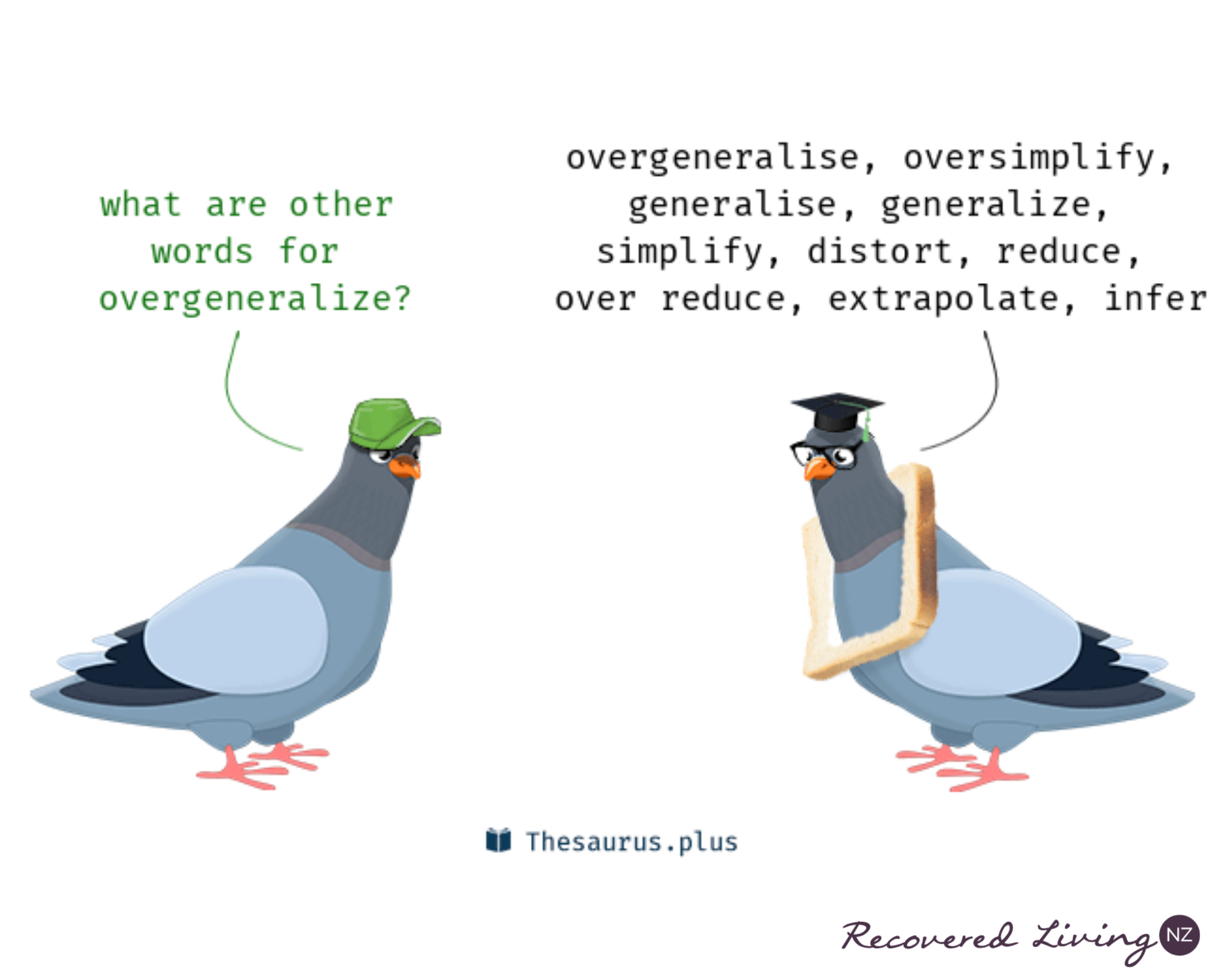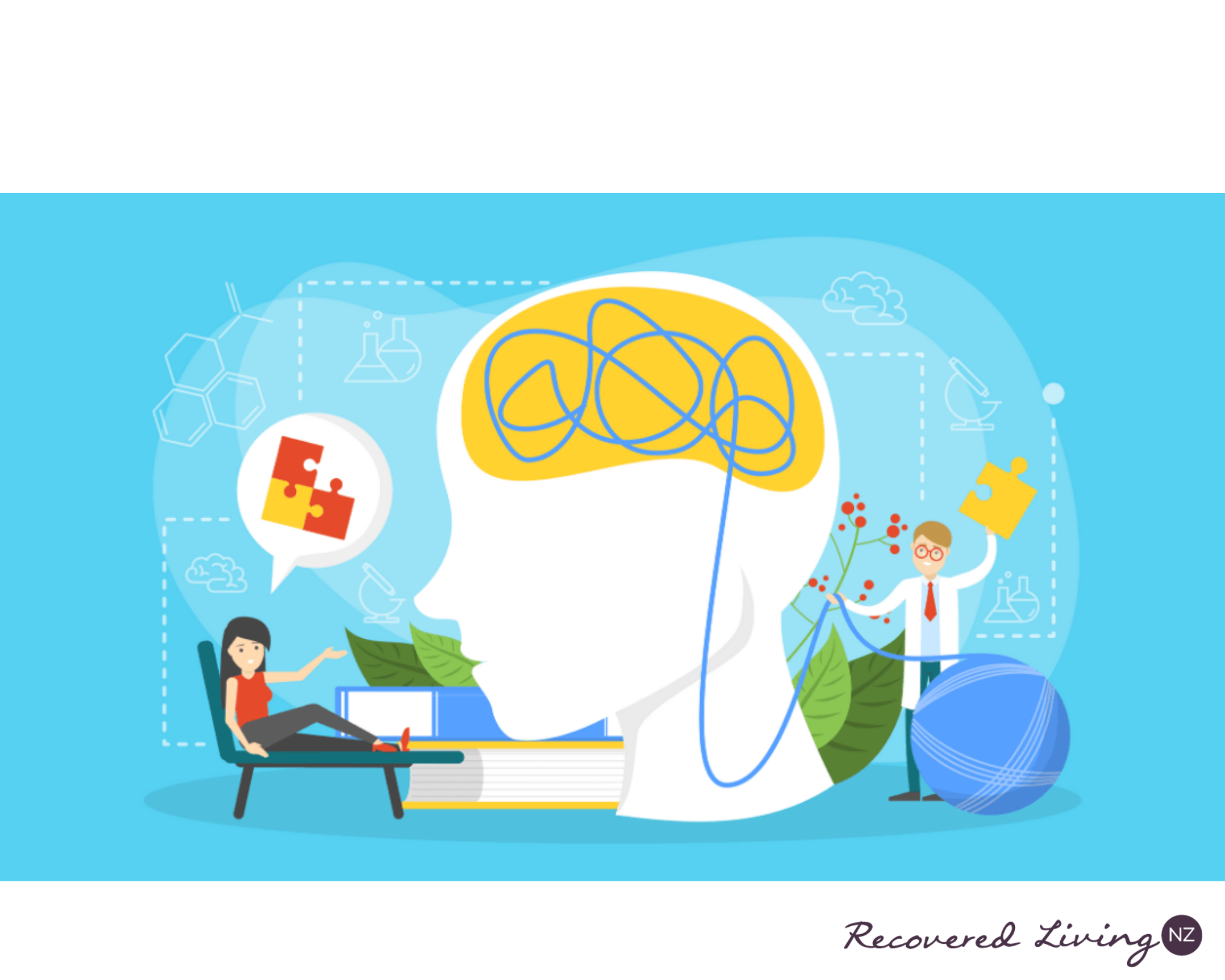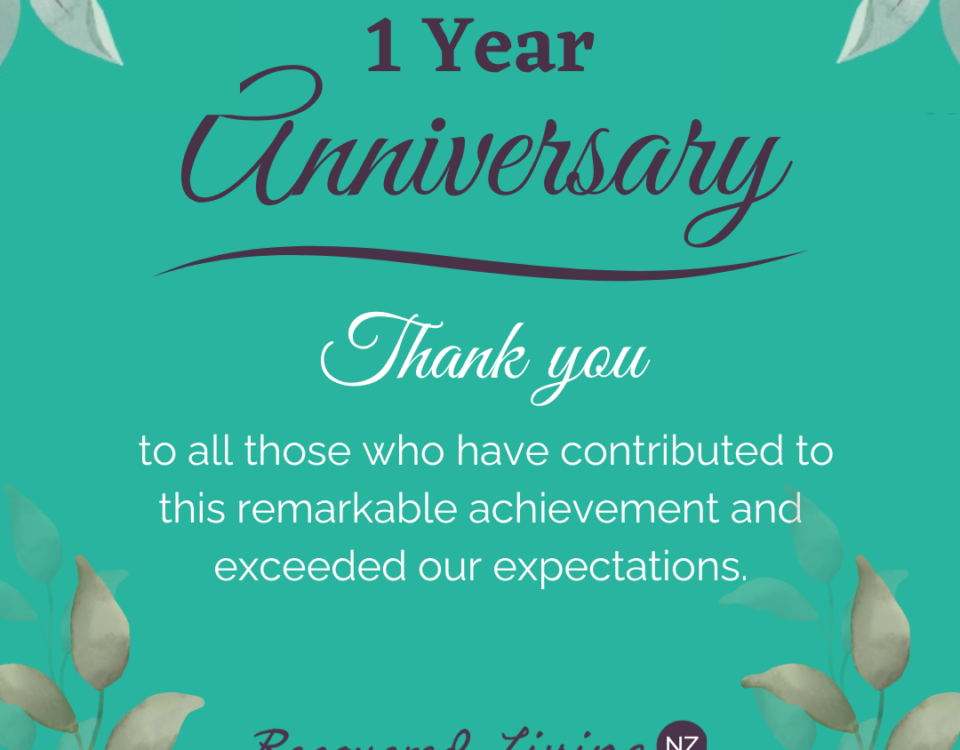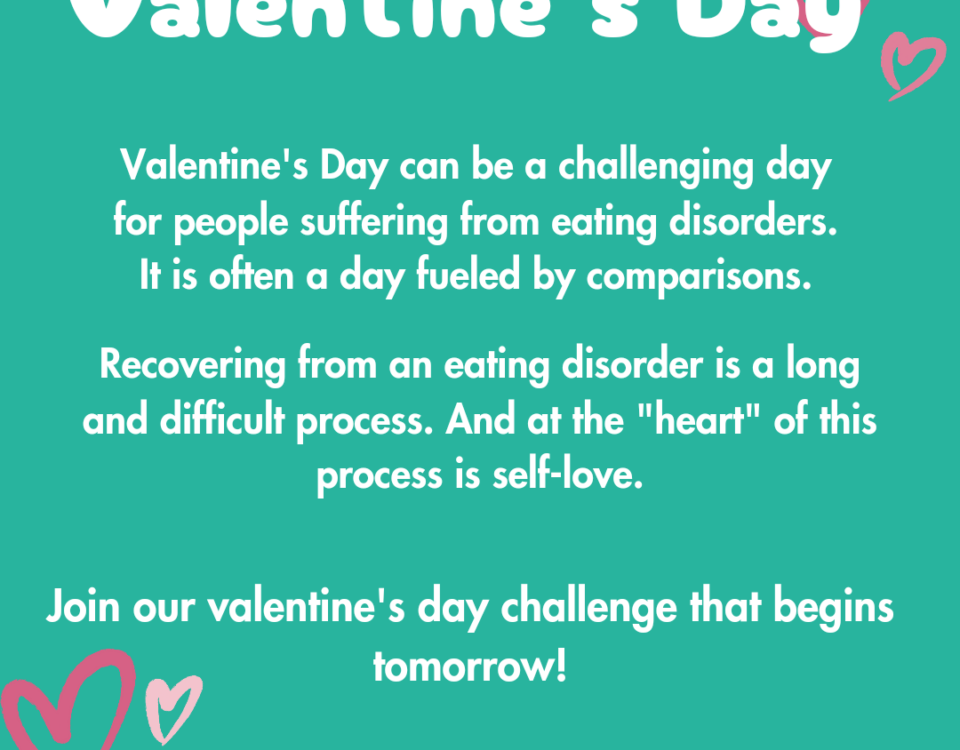Your personal cognitive distortions when living with an eating disorder
This week, we continue the conversation from Key Four: Feel Your Feelings, Challenge Your Thoughts, looking at another cognitive distortion.
Overgeneralisation (n) - a cognitive distortion where an individual views a single event as an invariable rule, so that, for example, failure at accomplishing one task will predict an endless pattern of defeat in all tasks.
Today, Kristie shares with us her experience with overgeneralisation from when she was unwell.
2. Overgeneralisation
Everyone is looking at my stomach.
A lot of internal healthy self dialogue had to happen for me to change this. I also had to learn the skill of refocusing my attention - more on that below:
1. Some statements that would help me when I was having thoughts that people were looking at my body were:
- No one cares as much about my stomach as I do because I have an eating disorder.
- If other people ARE looking they have some kind of body thing going on too.
- I can hide my stomach for the rest of my life in baggy clothes but that is not being truly free.
2. Reflection was also useful for me.
Often my therapist would ask me, 'Ok, so your stomach is trying to get your attention, what is it trying to say?' I spent some time journalling and was most surprised when I wrote, 'my stomach wants to be noticed because I have spent so long trying to hide it.' Wow! The very act of me hiding it due to shame was making me fixate on my stomach more and more. I was unknowingly participating in creating a catch-22 for myself.
3. Getting used to what was normal.
Because of my background as an elite athlete and because of having had an eating disorder for so long, I had lost touch with what was normal. Finding out that stomach rolls were not just normal but necessary blew my mind. Are you ready to have your mind blown? Check this out....roll any sleeves you have up to your elbow on one arm. Prop your elbow on the table in front of you with your fingers pointed to the sky. Look at the skin on your wrist. Notice its shape.
Now, bend your hand forward from your wrist as though your hand is doing a bow. What happens to the skin on your wrist? It gets rolls when you bend forward in the same way that your stomach should. What happens to the skin on your wrist when you bend your hand backwards as though you were carrying a platter? It stretches so that your wrist can move in that direction. Our stomachs are meant to have rolls.
4. Educating myself.
I thought my body shape and size was my responsibility. In treatment and through reading and researching HAES principles and books like 'The Obesity Myth' and 'The Obesity Paradox' I was flabbergasted to learn I could no more influence my natural set point weight or shape and be free from diet culture or body obsession than I could the shape of my knee joint or the size of my hands. This also helped me change my values.
Physical actions I could do that helped challenge this distortion were:
1. Doing the opposite.
My knee jerk reaction to having a fearful thought was to suck my stomach in or hold something in front of it (like a handbag). In reality this made me stand out more! At first it was a challenge just not to suck my stomach in. My anxiety would increase and I would feel as though a thousand bees were in my body. As I practiced this exposure over and over I leaned into the next step - true opposite action. When I had the thought that people were looking I would take a big breath (for courage!) then consciously push my stomach out as though I were making a 'food baby'. Initially this was terrifying. I had thoughts that someone would say out loud 'Look at her stomach!' or people would leave the room. The reality was, nothing happened. People kept talking, no one even noticed! I hadn't just responded to the fearful thought by sucking my stomach in, I had looked at the fear and marched right up to it. What I found was it was a distortion in my head.
2. Refocusing my attention.
Invariably, when I was thinking about my stomach my attention (wanted or not) was on my stomach. Something I began doing when at a party and having overwhelming body awareness on my stomach was to redivert my attention to my toes. I would practice wiggling each one, starting with the big one and working my way across. The goal was to wiggle each one independently of the other. Now, I don't know if that is even possible to do but I had to find something that was difficult enough for my brain that in order to take on that capacity it had to let go of something...the hyperfixation on my stomach. Very slowly, I got more skilled at recognizing when I was hyperfixating and then purposely refocusing my attention onto my toes and then eventually the people and conversations around me. I still can't move each of my toes individually but I no longer hyperfixate on my stomach!!!
3. Acceptance.
Sometimes the hyperfixation was just there like superglue and despite all the tools in my toolbox, it was stubborn. Rather than being in resistance to it I would reach deep into my toolbox for acceptance and say to myself, 'Ok, hyperfixation is there right now and it doesn't want to budge. I am still going to eat my food, socialize, and do everything I would normally do. I won't let this hyperfixation ruin my day'.
Do I have this thought any more today? Nope! I retrained my brain to not worry about my stomach any more than I worry about my elbow or my left ear so I don't by extension worry if other people are either : )
Next week, we will continue the discussion on another common cognitive distortion, Discounting the Positives.







